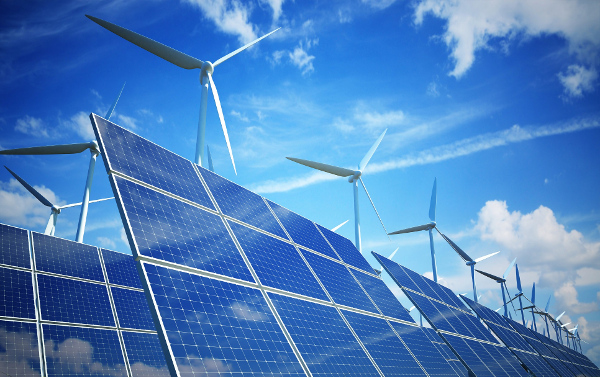According to the report, ‘Reach for the Sun’, India, which accounts for 9% of emerging market electricity demand and 20% of expected demand growth, illustrates how emerging economies are about to leapfrog fossil fuels to generate all the growth in their electricity supply from renewables.
Demand for fossil fuel electricity generation in India reached a plateau in 2018, and fell in 2019 and 2020, according to a study published Wednesday by UK’s Carbon Tracker in collaboration with the Council on Energy, Environment and Water (CEEW). According to the report, ‘Reach for the Sun’, India, which accounts for 9% of emerging market electricity demand and 20% of expected demand growth, illustrates how emerging economies are about to leapfrog fossil fuels to generate all the growth in their electricity supply from renewables.
From less than 20GW of solar power in 2010 it has grown to 96GW of solar, wind biomass and small hydro power in May 2021 — including large hydropower, renewables now provide 142GW or 37% of the country’s power capacity.
“While fossil fuel demand might again increase in the near-term to meet latent electricity demand, India has demonstrated how a double leapfrog — connecting nearly all households to electricity and its renewable energy rollout — can be driven with policy priorities and market design,” said the report.
The report has found that with most of the current and expected electricity demand coming from emerging economies – these economies, such as India, can actually bypass the steps taken by developed countries and leapfrog directly into the use of renewable energy as the main source of electricity.
The study found that fossil fuel electricity generation has peaked worldwide as emerging markets seize opportunities in low-cost renewables. Given renewables are already the cheapest source of new electricity in 90% of the world, emerging markets (non-OECD countries plus Chile, Colombia, Mexico and Costa Rica) have no need to build up huge electricity infrastructure based on fossil fuels.
“India has undertaken arguably the fastest rate of electrification the world has witnessed so far and has demonstrated that it is possible to do the double leapfrog from traditional biomass-based energy to clean electricity access – within a short period and at scale. Globally, around 770 million people still lack access to electricity. They are a small share of forecast growth in electricity demand but the international community has a moral obligation to support universal electricity access as the basis for achieving many other sustainable development goals, in emerging markets and globally,” said Arunabha Ghosh, CEO of CEEW and the report’s co-author.
“There are four key groups of emerging markets — China, which is nearly half the electricity demand, and 39% of the expected growth; other importers of coal and gas such as India or Vietnam, which are a third of the demand and nearly half the growth; coal and gas exporters such as Russia or Indonesia, which are 16% of demand but only around 10% of the growth; and ‘fragile’ states such as Nigeria or Iraq which are 3% of demand and around the same share of growth,” said the report.
Source: Indian Express
You may also like
-
Trade Connect E-platform For Exports Is Single Window, Fast, Accessible And Transformational: Shri Piyush Goyal
-
Dot Simplifies Approval Processes For Telecom Licenses And Wireless Equipment
-
Coal Production and Supply Trends on Positive Trajectory
-
Union Minister To Release Booklets On Promotion Of Indigenous Species & Conservation Of States Fishes
-
2nd India-Japan Finance Dialogue held in Tokyo on 6th September, 2024
